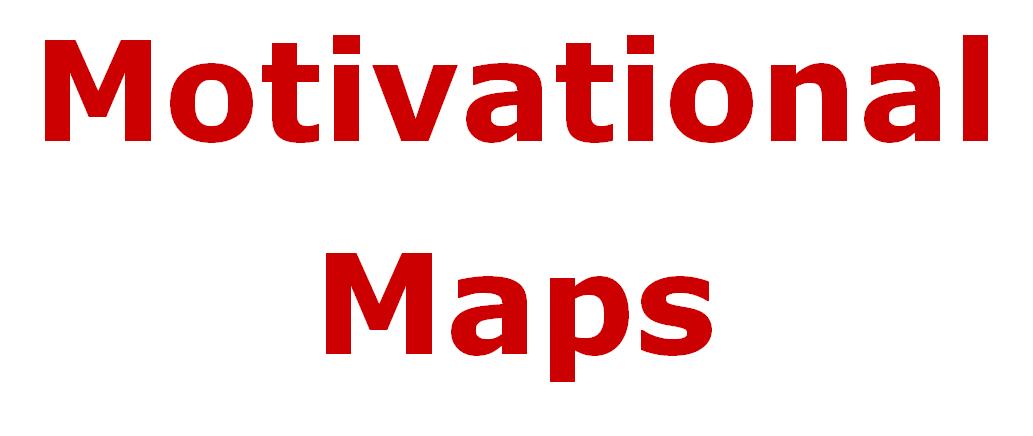December 2015
Ososim’s
latest simulation – Clean Sweep –
is a highly dynamic and futuristic competitive simulation designed to build a
strong understanding of the general principles behind financial statements and
the drivers of value creation.
Simulating the market for
domestic robots, participants run a business, which covers both manufacturing
and service components. Four teams compete against each other and need to make
decisions about supply and market positioning, as well as the strategic choices
on where to focus investment and operational alternatives to implement those
choices. The goal for each company is to achieve the highest Economic
Value Added for their business over the course of four years.


Participating in this engaging
simulation, players will:
·
Gain insight into the impact of
management decisions on the three main financial statements: the Cash Flow, the
Income Statement, and the Balance Sheet;
·
Understand the differences, the
linkages and the specific purposes of each of the financial statements in
managing a competitive business; and
·
Experience the impact of
competitive market dynamics on the short and long-term results of a business.
This is addition to learning around team decision making, data analysis, and dealing with complexity and ambiguity.
 After each
simulated year teams receive feedback on their business results and information
about the market and their competition. Teams have access to their
company’s financial statements in the form of historical results and projected
results, whilst able to model the impact of different decision combinations.
After each
simulated year teams receive feedback on their business results and information
about the market and their competition. Teams have access to their
company’s financial statements in the form of historical results and projected
results, whilst able to model the impact of different decision combinations.The backend of the simulation provides a large range of information to use between rounds and during the final debrief of the simulation. This provides full transparency to all participants regarding the decisions, their impacts and outcomes.


